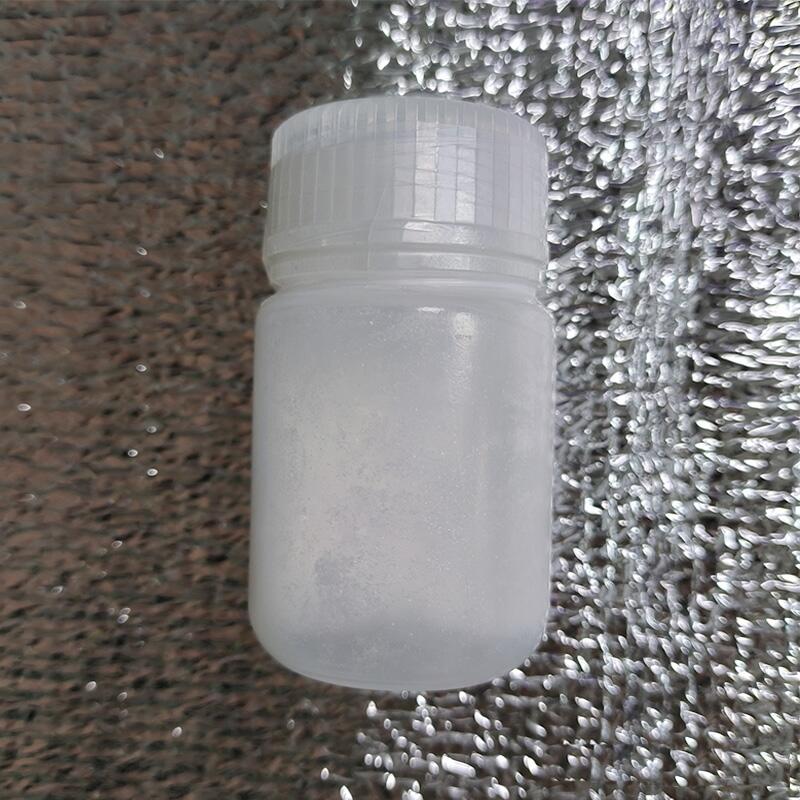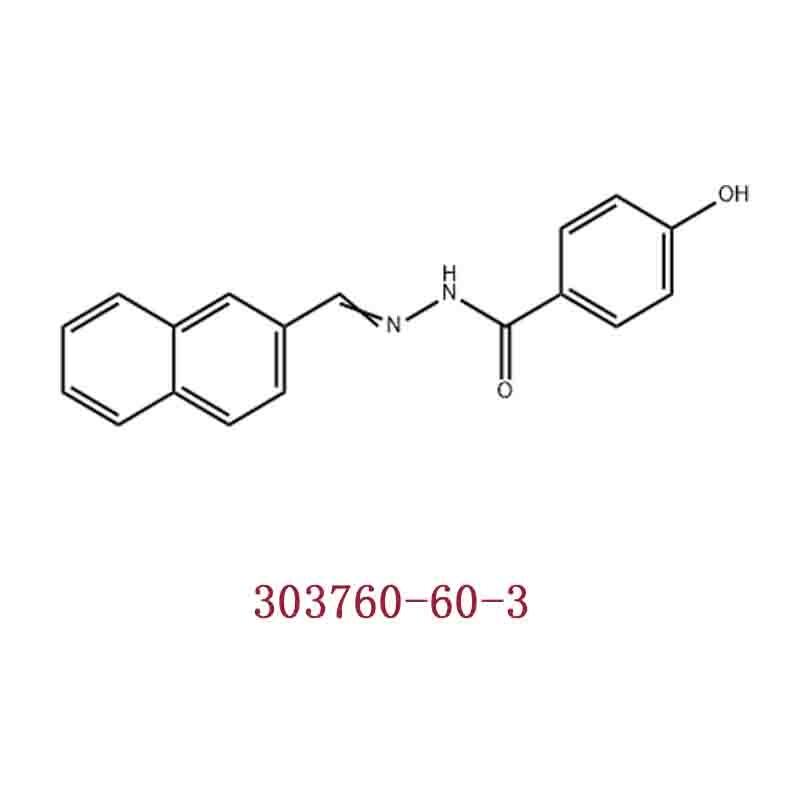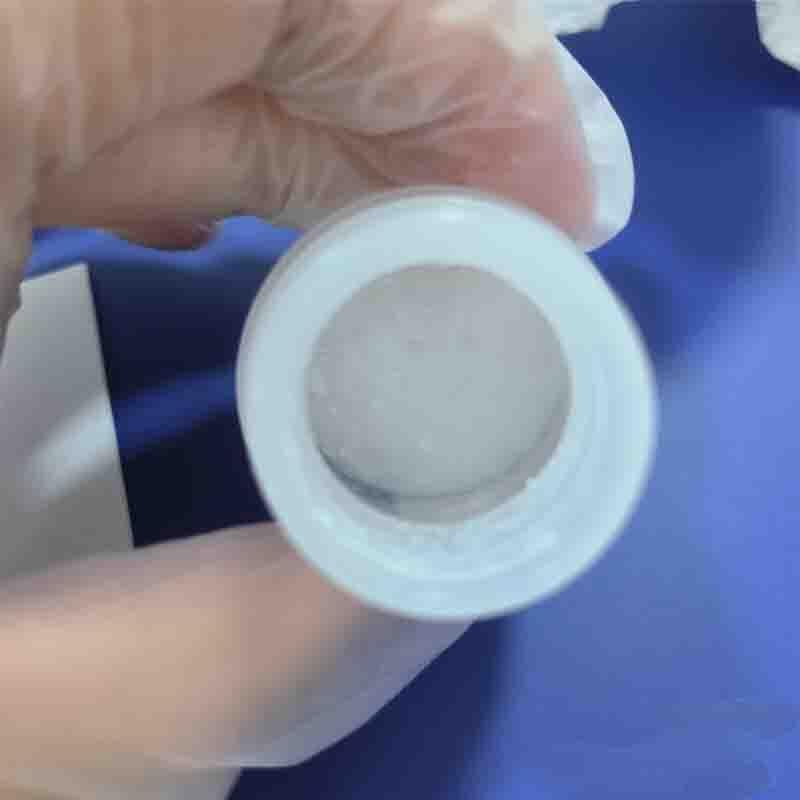-
Categories
-
Pharmaceutical Intermediates
-
Active Pharmaceutical Ingredients
-
Food Additives
- Industrial Coatings
- Agrochemicals
- Dyes and Pigments
- Surfactant
- Flavors and Fragrances
- Chemical Reagents
- Catalyst and Auxiliary
- Natural Products
- Inorganic Chemistry
-
Organic Chemistry
-
Biochemical Engineering
- Analytical Chemistry
-
Cosmetic Ingredient
- Water Treatment Chemical
-
Pharmaceutical Intermediates
Promotion
ECHEMI Mall
Wholesale
Weekly Price
Exhibition
News
-
Trade Service
Swertiamarin is an organic compound that is commonly used as a catalyst in chemical reactions.
The compound is produced through a complex synthesis process that involves several stages and intermediate products.
The process of producing Swertiamarin can be divided into two main stages: the upstream and downstream products.
The upstream products are the raw materials and intermediates that are required to produce Swertiamarin.
These products are typically produced in a separate manufacturing process, and they are typically sourced from specialized chemical suppliers.
The upstream products for Swertiamarin production typically include various organic compounds such as acids, alcohols, and amines.
The downstream products, on the other hand, are the final products that are produced using Swertiamarin as a catalyst.
These products are typically the end-use chemicals that are used in a variety of industries, including pharmaceuticals, textiles, and personal care products.
The downstream products for Swertiamarin production can include a wide range of chemicals, such as plastics, dyes, and detergents.
The production of Swertiamarin is a highly controlled process that requires careful monitoring of the synthesis reaction.
The reaction involves the condensation of two organic compounds, and it is typically carried out in a batch reactor or a continuous flow reactor.
The reaction is typically performed at high temperatures and pressures, and it requires the precise control of several parameters, including temperature, pressure, and the ratio of the reactants.
Once the reaction is complete, the intermediate product is typically distilled and purified to remove any impurities.
The purified intermediate product is then subjected to further chemical reactions to produce the final downstream products.
These downstream products are typically produced in a separate batch or continuous process, depending on the specific end-use application.
The production of Swertiamarin and its downstream products has a significant impact on the chemical industry.
The compound is widely used as a catalyst in a variety of chemical reactions, and its downstream products are used in a range of applications.
For example, the plastics industry relies heavily on Swertiamarin and its downstream products to produce a range of polymers and other plastic products.
Similarly, the pharmaceutical industry uses Swertiamarin and its downstream products to produce a wide range of drugs and other medical products.
The production of Swertiamarin and its downstream products also has a significant impact on the environment.
The synthesis process for Swertiamarin involves the use of various chemicals and solvents, and these can have a negative impact on the environment if they are not handled and disposed of properly.
In addition, the downstream products produced using Swertiamarin can also have negative environmental impacts if they are not properly disposed of or recycled.
Overall, the production of Swertiamarin and its downstream products is a complex and highly controlled process that has a significant impact on the chemical industry.
The compound is widely used as a catalyst in a variety of chemical reactions, and its downstream products are used in a range of applications.
However, the production of Swertiamarin and its downstream products also has a significant impact on the environment, and it is important to handle and dispose of the chemicals and products properly to minimize their negative impacts.







